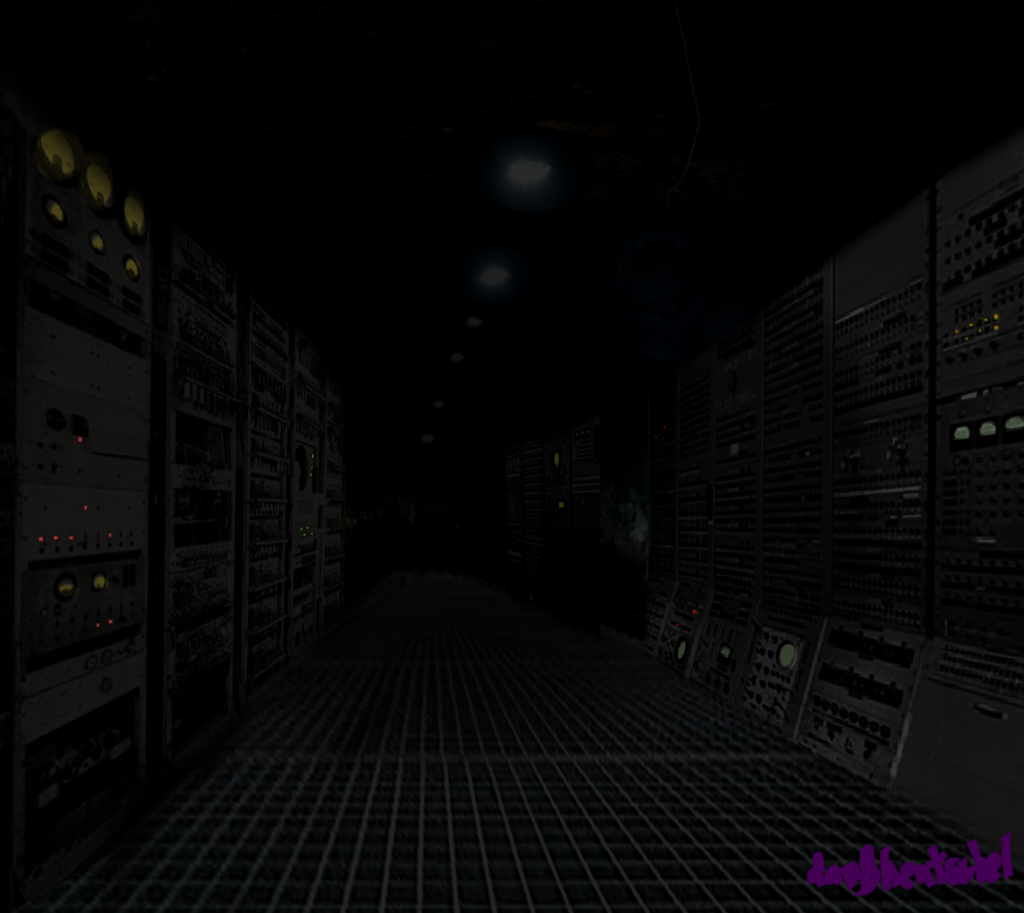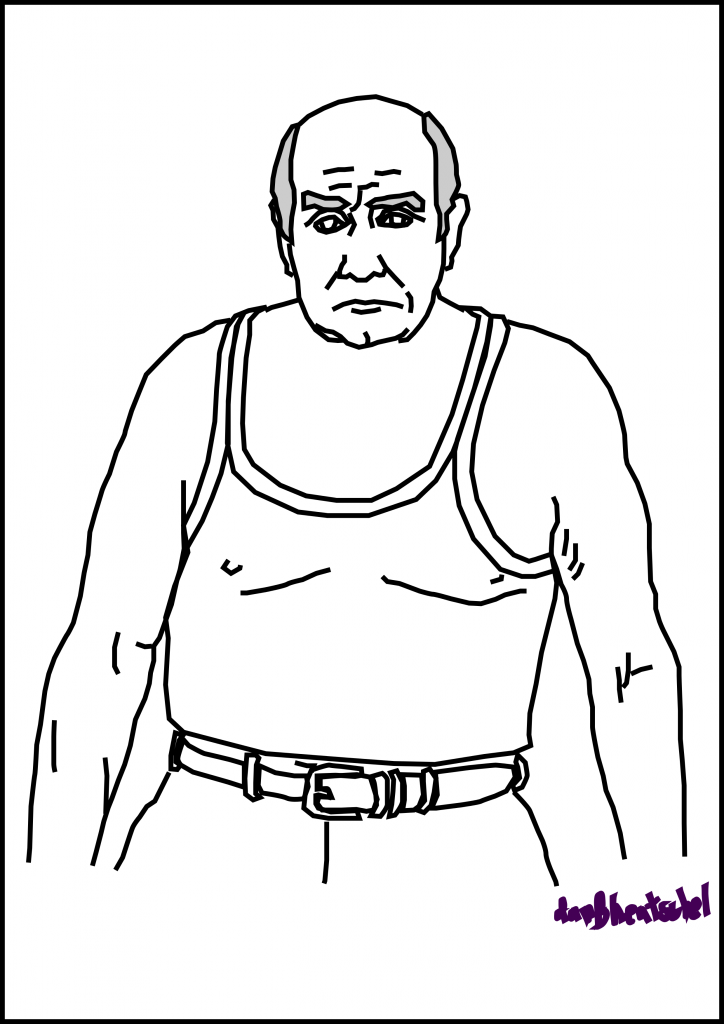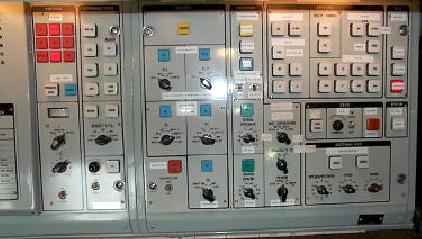In my third year of college, during the summer of 1997, I took a 5-month internship at the NASA Glenn Research Center. At the time it was called the NASA Lewis Research Center, but it has since been renamed.
I worked in the imaging group, and one of my co-workers, Jim Simms, was the resident expert on photography and video recording. Jim’s services were requested by various researchers all over the campus, and he would occasionally bring me along to help him out. What follows is a report on my memories of one of these adventures.
I’m sitting in front of my computer, trying to make sense out of a blurry picture of ice accretion on an airplane wing, when Jim comes to get me. He tells me that he would like some help with a photography project. A scientist is doing a study on high-pressure fluid dynamics, and wants some images taken of the experiment.
My excursions with Jim take me to all sorts of different locations. Sometimes we walk, sometimes we drive. Sometimes we’re in a laboratory, sometimes we’re outside. This particular scientist is in the same building as I am, not too far away.
Jim leads me to a stairwell that I have never noticed before. It leads down several flights, apparently underground. When we reach the end of our descent, we are in, what can best be described as, a large, dark cave.
There is very little lighting, and the far wall of the chamber is lost in shadows. The floor is a metal grate and I can’t see anything under it. I may be walking just a few inches above the ground, or I may be suspended high in the air. In this room are rows and rows of ancient computer equipment, extending as far as I can see. Most of them seem to be turned off, but a few here and there have lit displays.

We don’t venture into this electronic maze, but follow a very short flight of steps that climbs up into a crevice in the wall. When I exit the crevice into the small grotto on the other side, I see the following:
- A large tangle of interwoven pipes and valves protruding from the ceiling. I can’t make any sense of the jumble, and it seems as though many of the pipes are partially embedded in the rock.
- A small, flimsy looking control room. It resembles an oversized phone booth more than anything else. It, too, is partially embedded in the rock wall of the cave.
- A tall, professional-looking man in a long, white lab coat.
- A short, old man wearing a grease-stained, sleeveless T-shirt.
The man in the lab coat is the scientist in charge of the experiment. He talks very quickly, and I don’t understand even a quarter of what he says.

I get the impression that the pipes inject fluids of different types, at various temperatures and pressures, into a chamber, where they mix and form suspensions or colloids. This device represents years of work, on a shoestring budget, and he needs to show results soon or he may lose his funding.
The older man is apparently his assistant / stooge. The whole time that I am with them, the scientist is shouting orders and insults to this henchman.

“Go tighten that coupling!”
“Turn that valve a quarter turn clockwise!”
“Not that one, you idiot, the other!”
While these two are finishing their last-minute preparations, Jim affixes his camera to a small aperture on the chamber of the pipe device. This is before the days of practical digital photography. He uses a 35mm with a long shutter extension cable.
Once everything is in order, we all receive ear protection, and then are packed, sardine-style, into the diminutive control room. The booth houses a panel with many switches, knobs, and levers, something like this:

In front of the control panel are two stools. Jim and the scientist sit here. The assistant stands immediately behind the two stools, and behind him is a small, 2-foot-square table. I huddle on the floor under this table, since there is no other place for me.
Jim hands me the shutter release button and tells me to trigger it at the exact times that he instructs me to. The experiment is very dangerous, difficult, and costly. There will be no second run. If we don’t get the images we need, then it could mean termination of the research.
The door to the booth is secured, and we all don our ear protection. The scientist pushes buttons, turns knobs, throws switches, pulls levers, and barks commands to no one in particular. All of a sudden, there is a sound as loud as a freight train filling the small chamber. The flimsy booth we inhabit shakes and rattles violently. Even with the ear protection on, the noise is all but unbearable.
The scientist continues to manipulate the controls. Jim, beside him, monitors the readings, and occasionally screams out to me, “Now … Now … Now!” On each command, I press the shutter button. I sure hope that the camera is taking pictures. I hope that I’m doing this right. I hope that I don’t lose my hearing.
The pipe apparatus screeches, moans, shudders, and wails. I sit on the floor, under my table, with my arms wrapped around my knees, spasmodically mashing the shutter release, on command. The floor beneath me shivers and shakes.
And then the noise stops. The scientist is elated. His device didn’t explode. Apparently that was a very real possibility. Jim and I collect his equipment and make our way back upstairs. I head back to my computers. Jim goes off to develop his film.
If I remember correctly, the scientist wasn’t completely satisfied with the images. They were okay, but not great. I never went back to that cave, nor did I see the scientist or his assistant again.
– danBhentschel


This is incredible.